High in the mountains, where time crawls and silence stretches, I stumbled upon a village that honestly surprised me. Here, politics doesn’t stay locked away in offices or government buildings—it spills out onto the walls. In this remote mountain community, murals and graffiti turn blank surfaces into bold political statements, creating an open-air gallery that records decades of social movements, resistance, and hope.
As I wandered through the narrow streets, I kept noticing how every painted scene seemed to add to a bigger story. The village’s relationship with distant governments, its environmental fights, and a stubborn kind of cultural resilience all came alive on the walls.
Some murals have faded with time, while others looked almost wet, like someone finished them yesterday. The whole thing felt haunting and beautiful—like flipping through a living history book, except the pages are colors and symbols, not words.
But honestly, what sets this place apart isn’t just the art—it’s how the art functions as the village’s collective voice. Instead of relying on formal politics, which often leaves rural places like this out, these walls let everyone speak up. I spent hours chatting with local artists, and they told me painting traditions started when speaking out could get you in trouble. Over time, those traditions became a treasured part of mountain life—still evolving, still bold.

Discovering the Mountain Village’s Political Murals
Tucked between steep slopes, this village hides a wild mix of art and politics on almost every wall. The vivid murals tell stories of resistance, celebration, and community identity, and you can see how they’ve changed over the years.
Origin and History of the Wall Art
The first political murals popped up here in the 1970s, during tough economic times. Local artists, feeling the mining industry’s collapse, started painting hopeful messages on abandoned buildings.
At first, it was just a few individuals, but pretty soon, everyone joined in.
“We painted because we had something to say when nobody would listen,” Maria told me. She’s 80 now and remembers those first projects like it was yesterday.
By the 1980s, the village council stepped in and set aside certain walls for artistic expression. What some called vandalism turned into a respected tradition.
Every time political tensions rose, the murals multiplied. Each generation added its own voice to the wall.
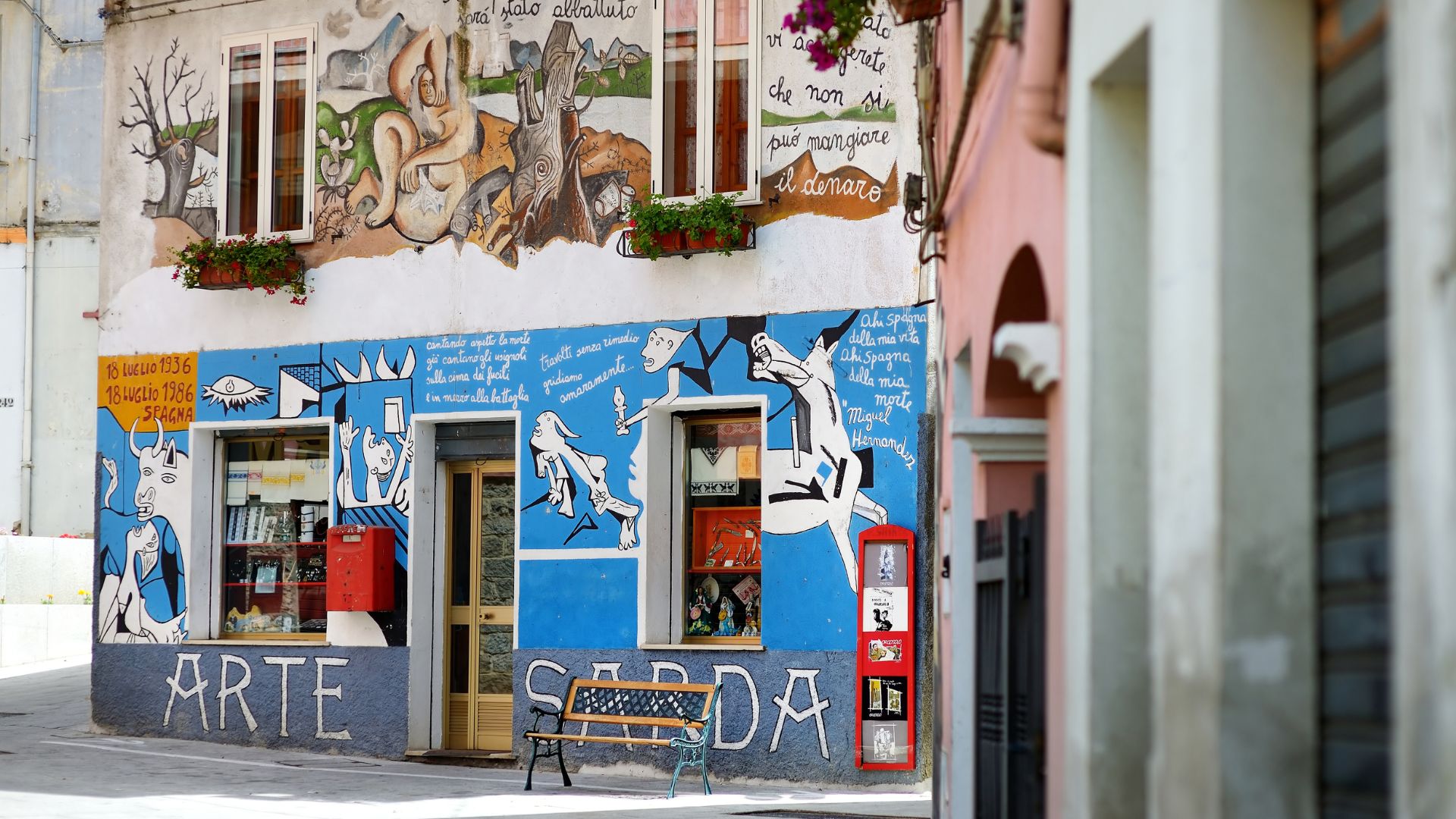
The Village’s Transformation Through Political Expression
Now, when I walk those streets, I can’t help but notice how the murals changed everything. Buildings that once felt empty now buzz with visitors.
Art tourism brought the village back to life. Cafés, guesthouses, and little shops now line the streets where only boarded-up windows stood before.
Local guides lead tours, sharing the stories behind every mural.
The murals themselves keep changing, too. Early ones focused on workers’ rights and local pride. The newer pieces? They tackle climate change and digital privacy. The community actually votes on which murals to keep as historical landmarks.
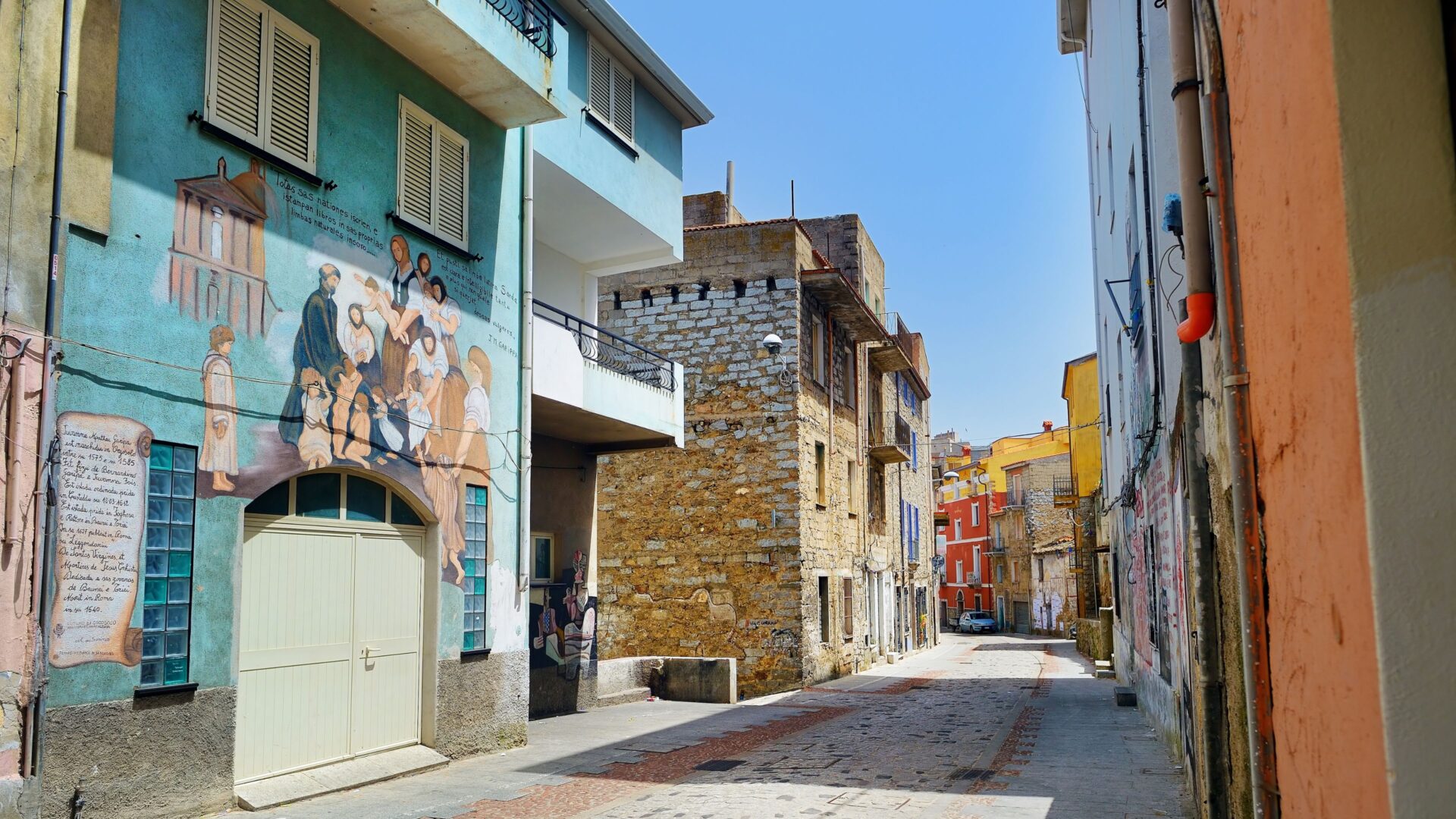
A Walk Through the Most Iconic Murals
The most powerful murals crowd the village square. “The Mountain’s Voice” stands out—a three-story painting showing local resistance to mining. The artist even mixed in materials from the old mine.
My personal favorite sits on the old community center wall.
Notable Murals:
- Hands of Labor (1978) – Miners’ hands morph into paintbrushes
- The Village Politicians (1991) – A satirical take on local government, inspired by Krimmel’s painting
- Digital Mountain (2023) – The latest work, tackling technology in rural life
Head north and you’ll see murals focused on the environment. They flow together, showing the village’s complicated bond with the surrounding forest.
Many murals invite you to dig deeper. Some have QR codes that link to oral histories from village elders.
The Voices Behind Every Wall
The walls here aren’t just for decoration—they’re canvases for political expression and community identity. Each mural shares a story, painted in bold colors and symbols by people who’ve lived the village’s struggles and victories.
Local Artists and Their Messages
When I arrived, I couldn’t miss how local artists made ordinary walls speak. Maria, a lifelong resident now 67, painted scenes from the village’s showdown with a mining company a decade ago. Her reds and blacks really shout determination.
“These walls are our newspaper,” Carlos told me. He’s a young artist who left for the capital but came back. His murals often show kids reading beneath the sacred mountain, blending education and hope.
Religious images pop up too. Saints stand beside protest symbols, weaving faith and resistance into one visual language.
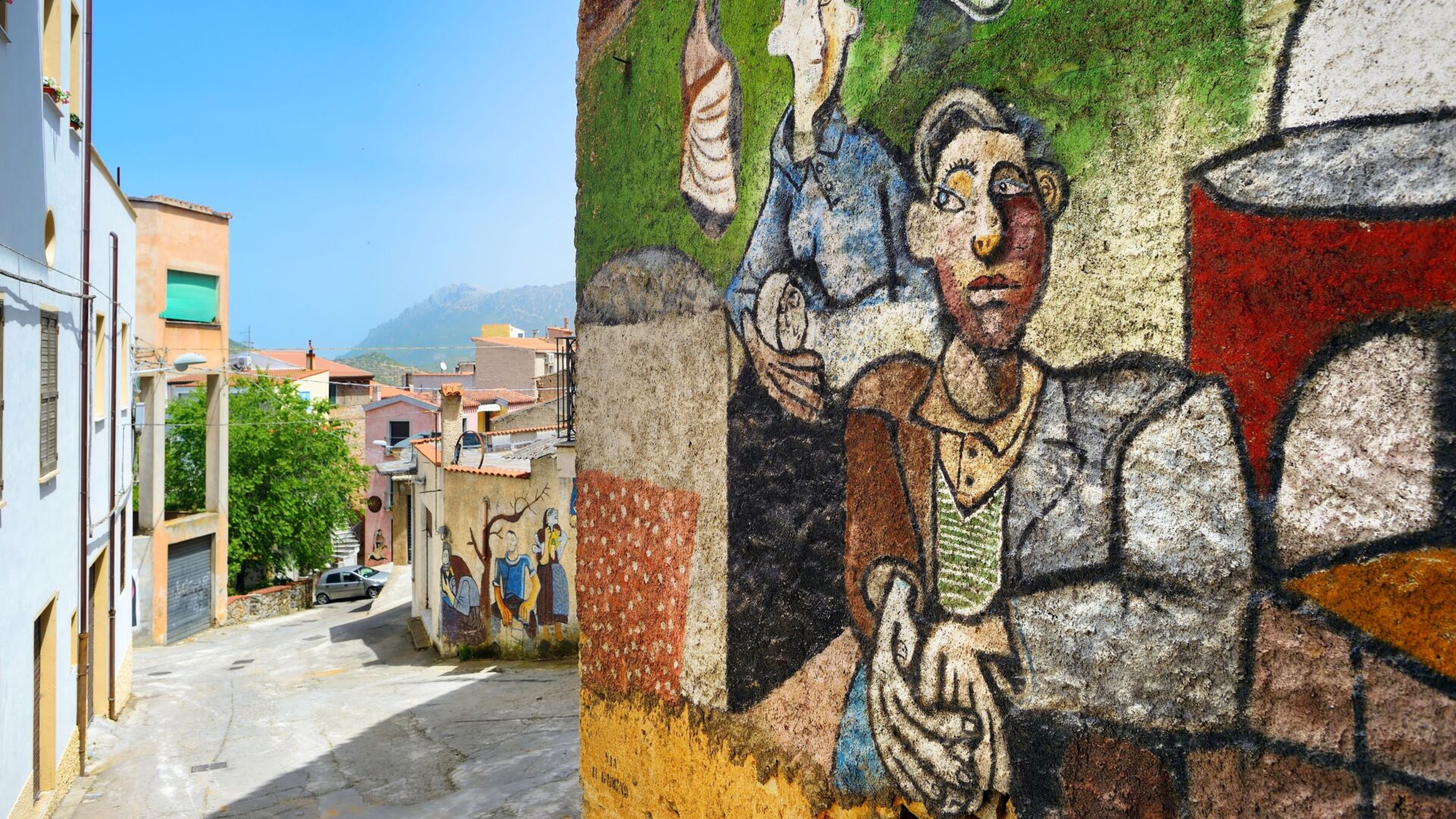
Community Involvement in Mural Creation
The process of creating these murals feels different from anything I’ve seen in big cities. Here, the whole community gets involved.
I watched kids mix paint while elders told stories that later became pictures on the walls.
The village school runs weekend workshops, teaching kids both painting skills and political history. “We teach our children to express themselves through art before they can even write,” the principal said when I visited.
Everyone votes on the themes for the big central murals. That way, the walls reflect shared values, not just one person’s ideas.
During religious festivals, spiritual leaders bless new murals, tying art to sacred traditions.
Someone even asked me to help paint a section of a community mural. Honestly, it made me realize how these walls pull people together and help voices get heard.
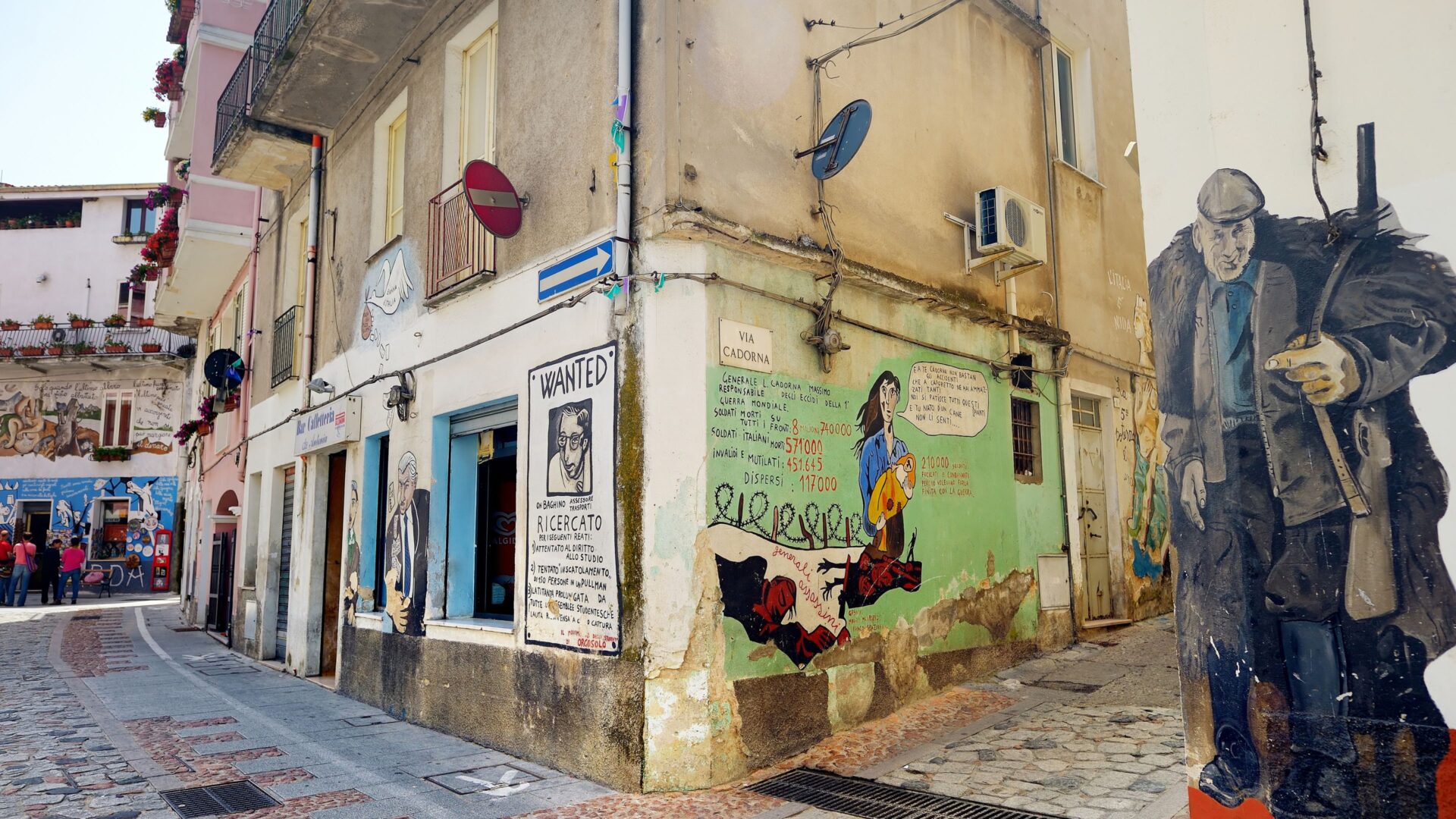
Bridging Local Stories with Global Politics
The village murals don’t just stay local—they connect to world events, too. These painted walls make sure stories that usually get buried in headlines find a place in everyday life.
Echoes of Syria and Afghanistan
On my walk, I saw several murals about war-torn Syria. One wall shows a family fleeing Aleppo, faces tense with hope and fear. The artist, a teacher who volunteered in refugee camps, painted it after he came home.
“I needed people here to see what I saw,” he told me in the square.
Nearby, another mural shows Afghan mountains with soldiers and civilians together. The artist painted it in 2021, after the U.S. left Afghanistan.
The mayor pointed out that these images help locals care about faraway events. “When people see these stories on our walls, they care more about the news.”
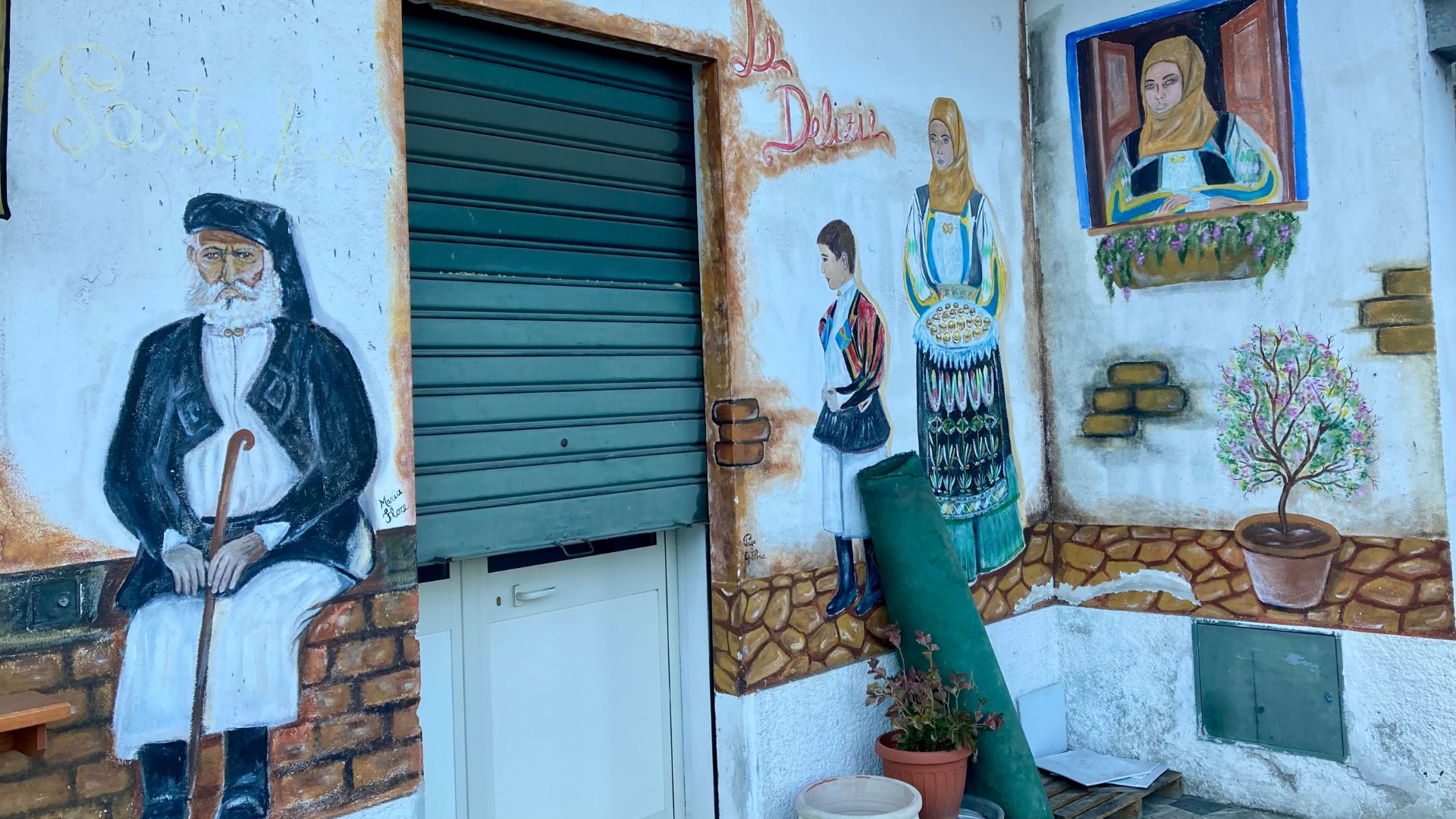
Refugee Journeys Etched in Art
One mural, stretching across three buildings, caught my eye. It traces refugees’ journeys—across dangerous water, through forests, to new borders.
I met Nadia, a Syrian refugee now living here. She pointed to a crowded boat. “That was me, five years ago,” she said.
Since 2015, the village welcomed eight refugee families. Each family helped create a community art project, adding their stories to the walls.
Now, local children grow up seeing these journeys all around them. Their school even started a pen-pal program with kids in refugee camps.
“The walls made us see refugees as real people with stories,” the principal said. “Now our students learn directly from them.”
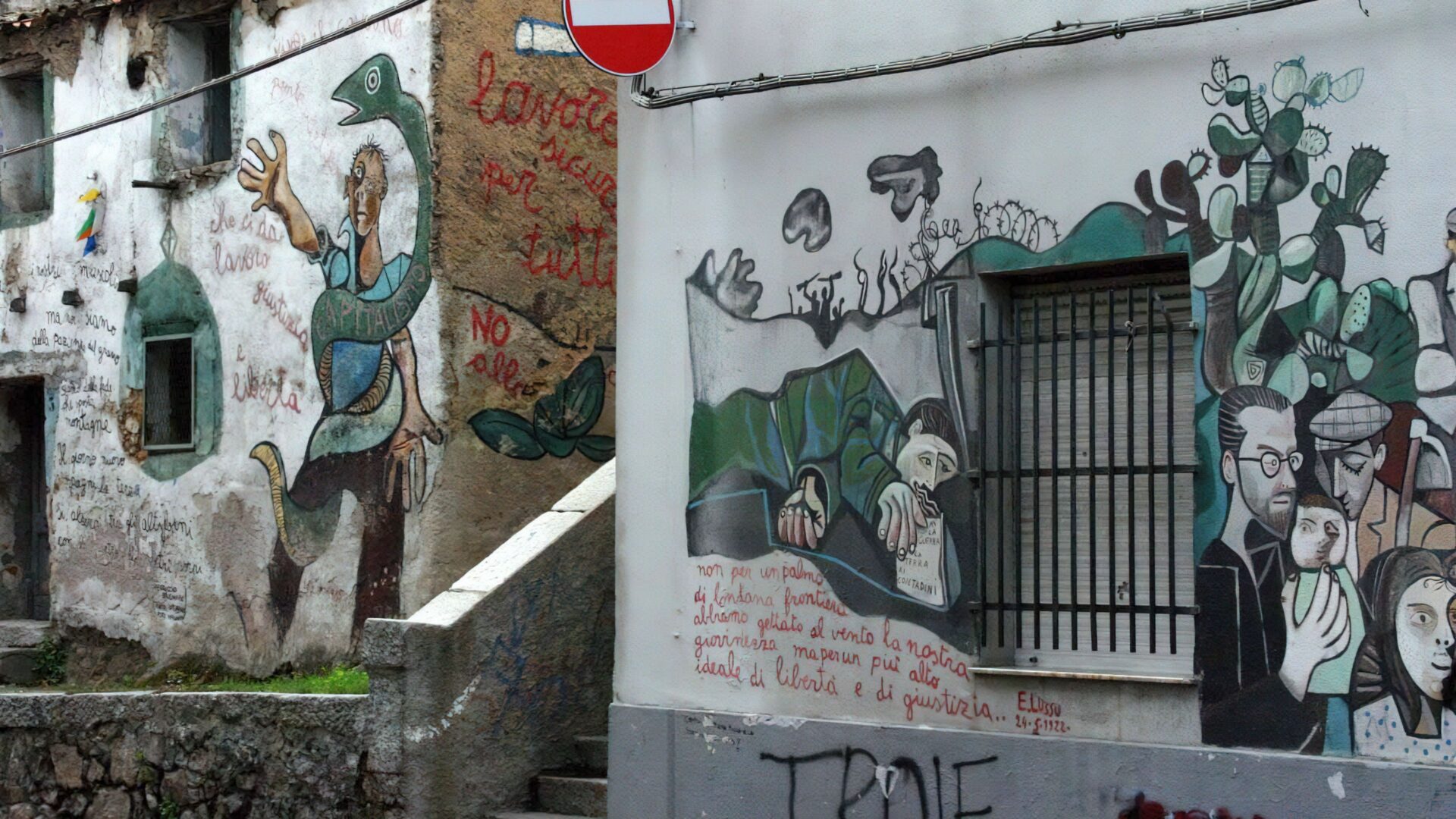
Security, Borders, and Walls: A Village Perspective
In this mountain village, walls mean more than just boundaries. They reflect complicated feelings about safety and isolation. Debates about borders happening far away echo right here, in our art and conversations.
U.S.-Mexico Border Influences on Local Art
After 2016, the murals changed. Maria Suarez painted a 30-foot wall on Main Street—hands reaching across barbed wire. She wanted to respond to all the talk about building border walls.
“I paint what I fear,” Maria told me over coffee last summer. “My relatives cross that border to visit family. It’s not some distant issue for us.”
Other artists got inspired, too. Carlos Mendez used pieces of real border fence in his sculptures. Now, twisted metal forms sit in our community garden.
At the annual art festival, kids create pieces around the “Borders and Bridges” theme, sharing what walls mean to them.
Stories of Security and Fear
People here have mixed feelings about security. Mr. Johnson, who runs the hardware store, supports stronger borders. “It’s not about people—it’s about terrorists and drugs,” he said while ringing up my order.
The Rodriguez family hosts dinners, sharing stories of relatives separated by immigration rules.
Police chief Anna Martinez reminds us that our crime rate is still among the lowest in the state. “Fear often exceeds reality,” she said at a recent town hall.
Some older folks put up security cameras last year, even though no break-ins had happened. Sometimes, fear spreads faster than facts.
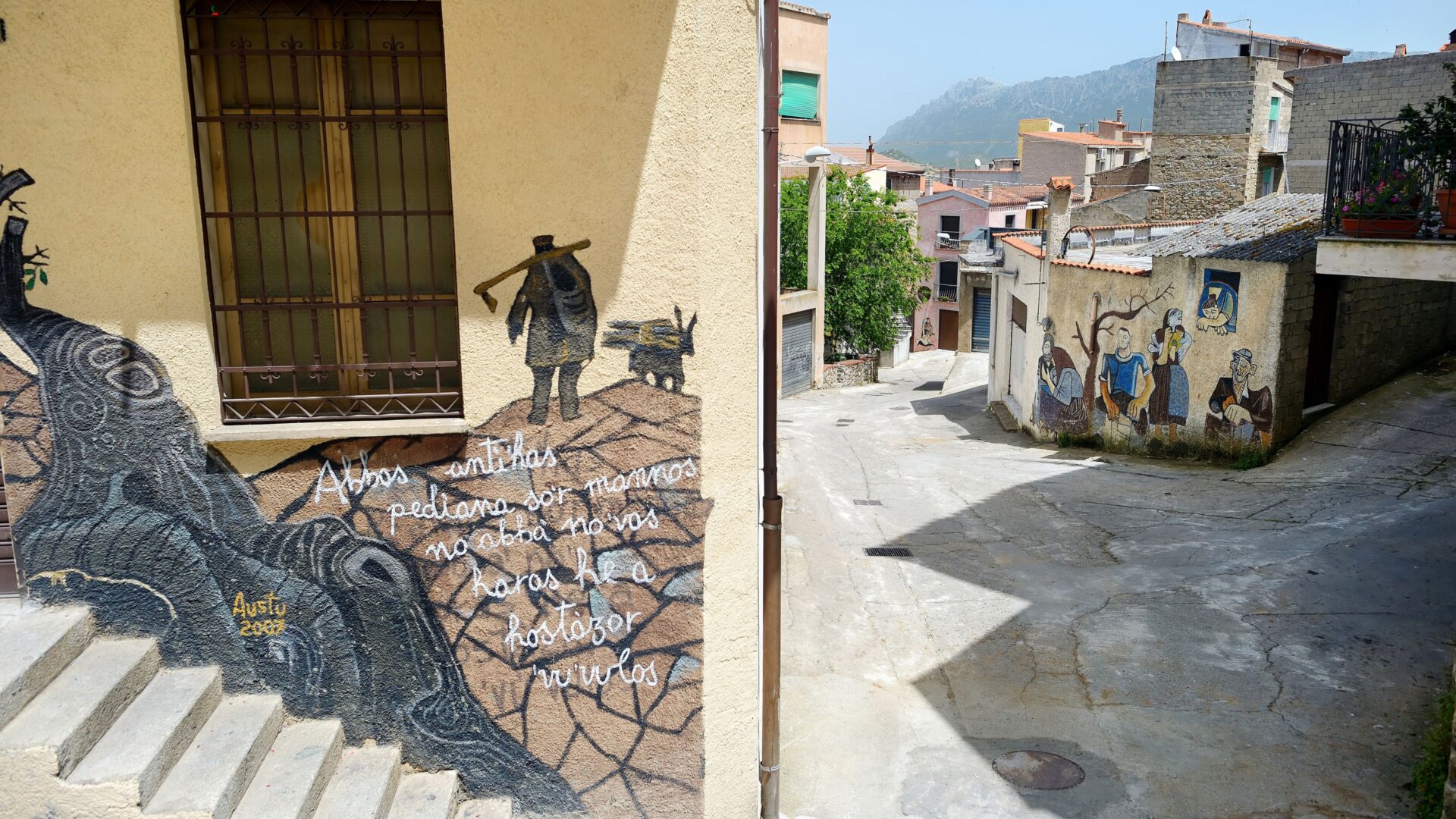
Community Responses to Crime and Change
We tried different ways to keep safe. Instead of building more walls, we started “Neighbor Watch Walking Groups.” People get exercise and keep an eye out for each other.
The elementary school runs “Peace Circles.” Kids talk out conflicts instead of building emotional walls.
When the county wanted to install surveillance cameras downtown, residents voted for better lighting and community gathering spaces instead.
“Security comes from knowing each other, not watching each other,” Pastor Williams said at the meeting.
Recently, the council approved money for a new community center, choosing connection over more police.
From Local Legends to International Attention
The political murals here started as local storytelling but now attract attention from all over. Like a lot of small towns, our walls became natural canvases for sharing what matters most.
Coverage in Media and NPR’s Perspective
NPR found our village during their “Hidden Stories” series in 2023. Their piece focused on how our painted walls work as both art and political commentary.
I ended up talking to the NPR reporter, trying to explain how each mural ties to a real event in our history.
“These aren’t just pretty pictures,” I said. “Each wall tells a story about resistance, resilience, and our unique political identity.”
After that, other media outlets showed up. Documentary filmmakers filmed how folk art and politics blend on our streets.
Now, our murals show up in university courses about political art movements.
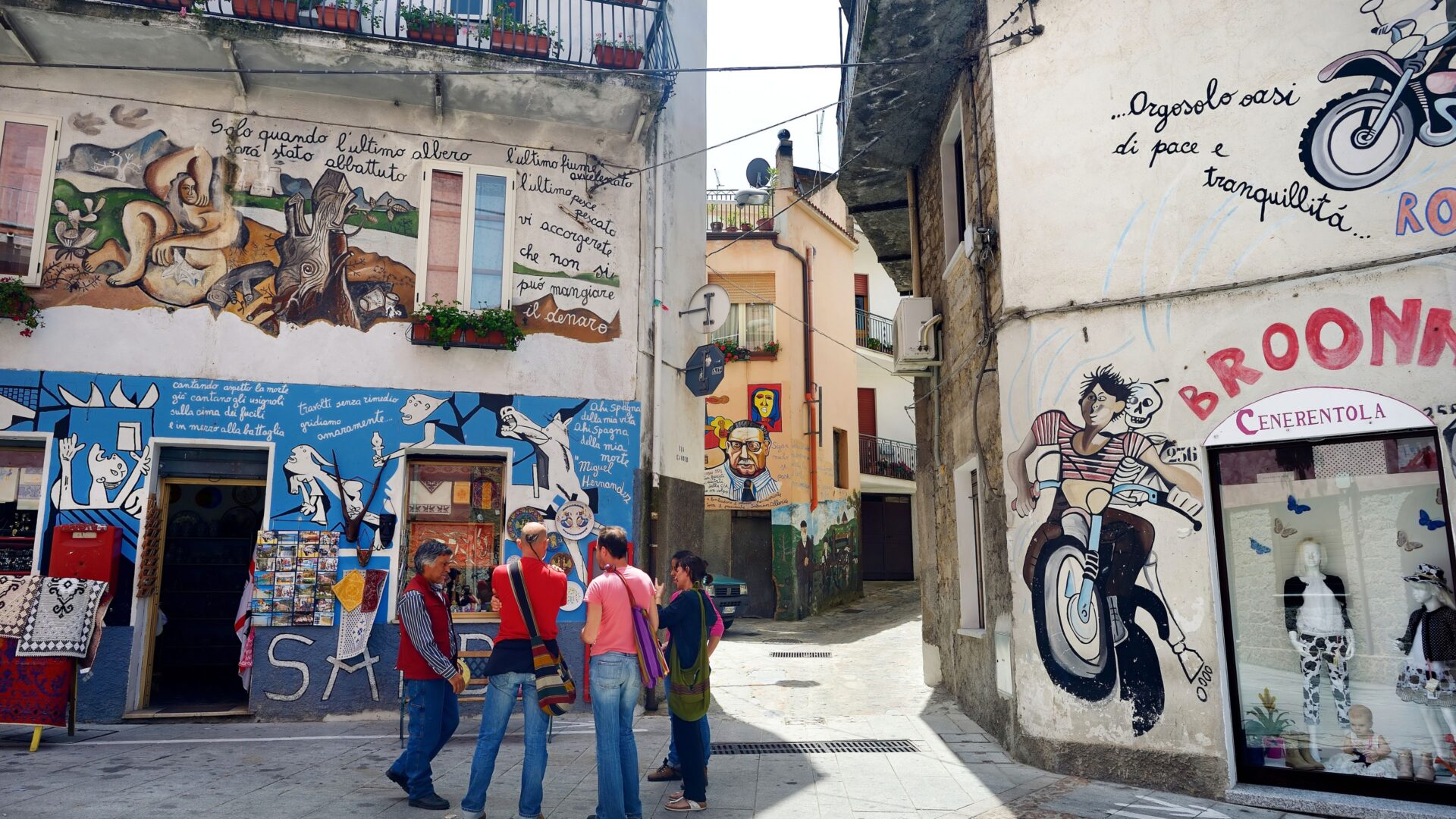
Connections to Major Cities Like New York
Our little mountain village has built some surprising ties with New York’s art scene.
Last year, three of our local artists got the chance to show their work at a Manhattan gallery.
I went along for the trip. Honestly, I felt stunned by how New Yorkers reacted to our political storytelling through art.
The exhibition, “Mountain Voices,” drew in crowds nobody really expected.
A New York Times art critic said, “The raw authenticity speaks to us. These village artists capture political complexities that our sophisticated urban art often misses.”
Now, this connection kicks off a cultural exchange program. Each summer, New York artists come to our village.
They pick up our traditional painting techniques and, in return, share their contemporary styles.
Our village council keeps getting invitations to international folk art festivals.
Somehow, we’ve become a bit of a case study for how local art traditions can go global.


